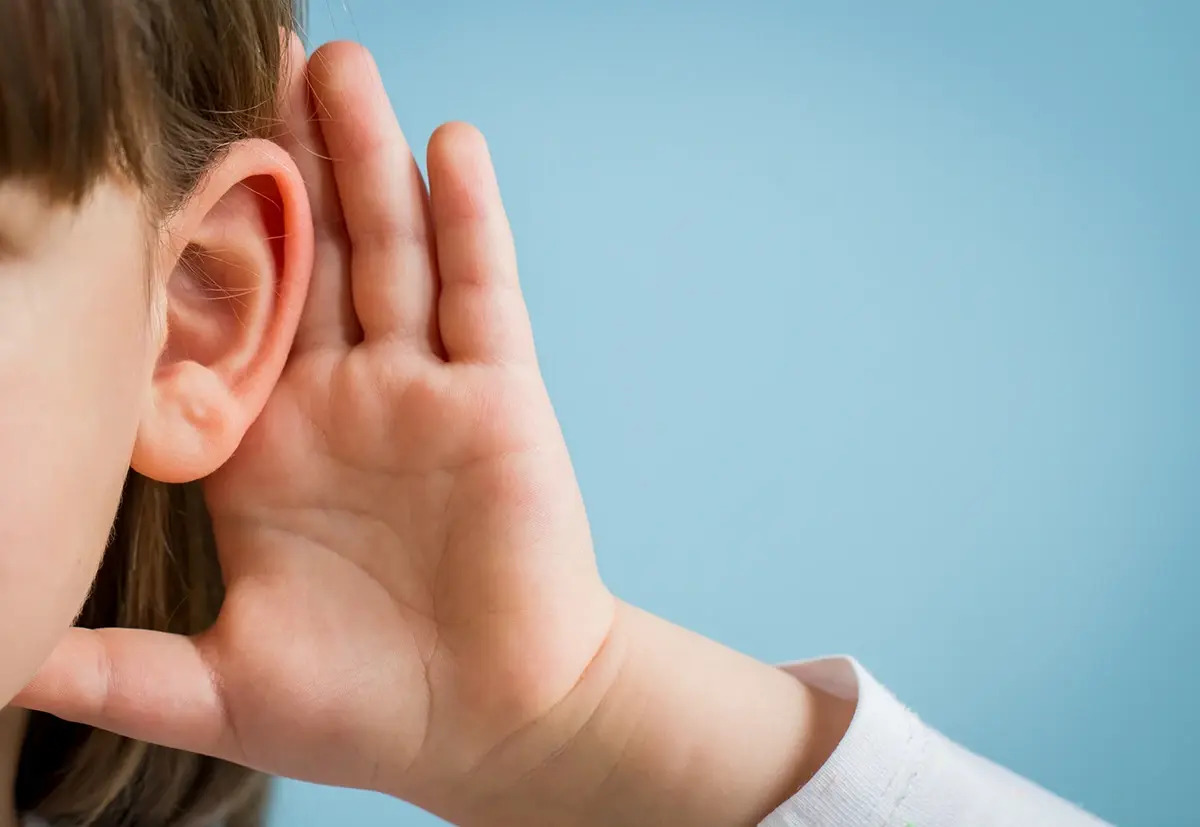
Familial deafness is a condition that affects many families worldwide. But what exactly is it? Familial deafness refers to hearing loss that runs in families due to genetic factors. This type of hearing loss can be present at birth or develop later in life. Understanding the causes and implications of familial deafness can help families prepare and manage the condition better. In this blog post, we will explore 30 intriguing facts about familial deafness. These facts will cover everything from genetic causes to the latest research and treatments. Ready to learn more? Let's dive into the world of familial deafness and uncover some surprising truths.
Key Takeaways:
- Familial deafness is often caused by genetic mutations and can be inherited in different ways. It can impact family dynamics and cultural identity, but modern medicine offers advancements in treatment and management.
- Genetic counseling and testing play crucial roles in managing familial deafness, helping identify carriers, offering prenatal testing, guiding family planning, and providing personalized treatment plans and support.
Understanding Familial Deafness
Familial deafness, a condition passed down through generations, affects many families worldwide. Here are some intriguing facts about this genetic condition.
-
Genetic Roots: Familial deafness is often caused by mutations in specific genes. These mutations can be inherited from one or both parents.
-
Autosomal Dominant: In some cases, familial deafness follows an autosomal dominant pattern. This means only one copy of the mutated gene is needed for the condition to manifest.
-
Autosomal Recessive: Other times, it follows an autosomal recessive pattern. Here, two copies of the mutated gene are necessary for the condition to appear.
-
X-Linked Inheritance: Familial deafness can also be X-linked, meaning the gene causing the condition is located on the X chromosome. This pattern often affects males more severely.
-
Syndromic vs. Non-Syndromic: Deafness can be syndromic, where hearing loss is part of a broader syndrome, or non-syndromic, where hearing loss is the only symptom.
Common Genetic Mutations
Certain genes are more commonly associated with familial deafness. Understanding these can help in diagnosing and managing the condition.
-
GJB2 Gene: Mutations in the GJB2 gene are a leading cause of non-syndromic hearing loss. This gene provides instructions for making a protein called connexin 26.
-
SLC26A4 Gene: Mutations in the SLC26A4 gene can lead to Pendred syndrome, which includes hearing loss and thyroid problems.
-
MYO7A Gene: This gene is linked to Usher syndrome, a condition that affects both hearing and vision.
-
OTOF Gene: Mutations in the OTOF gene can cause auditory neuropathy, a condition where sound enters the ear normally but the transmission of signals from the ear to the brain is impaired.
-
TECTA Gene: Changes in the TECTA gene can lead to different types of hearing loss, depending on the specific mutation.
Impact on Families
Familial deafness doesn't just affect individuals; it impacts entire families. Here are some ways it can influence family dynamics.
-
Communication Challenges: Families may need to learn sign language or use other communication methods to interact effectively.
-
Emotional Strain: The diagnosis can bring emotional challenges, including stress and anxiety about the future.
-
Support Systems: Families often rely on support groups and communities to share experiences and advice.
-
Educational Needs: Children with familial deafness may require special educational resources and support.
-
Cultural Identity: Deafness can become a significant part of a family's cultural identity, especially within the Deaf community.
Advances in Treatment and Management
Modern medicine offers various ways to manage and treat familial deafness. Here are some advancements making a difference.
-
Cochlear Implants: These devices can provide a sense of sound to individuals who are profoundly deaf or severely hard of hearing.
-
Hearing Aids: Advanced hearing aids can amplify sound and improve hearing for those with mild to moderate hearing loss.
-
Gene Therapy: Researchers are exploring gene therapy as a potential treatment to correct genetic mutations causing deafness.
-
Stem Cell Therapy: This experimental treatment aims to regenerate damaged cells in the ear.
-
Early Intervention: Early diagnosis and intervention can significantly improve outcomes for children with hearing loss.
Social and Cultural Aspects
Deafness has a rich cultural and social dimension. Here are some fascinating aspects of the Deaf community.
-
Sign Language: Sign languages, like American Sign Language (ASL), are fully developed languages with their own grammar and syntax.
-
Deaf Culture: The Deaf community has its own culture, complete with traditions, values, and social norms.
-
Deaf Education: Schools for the Deaf provide specialized education and a sense of community for students.
-
Deaf Art and Literature: There is a vibrant world of Deaf art, literature, and performance that celebrates Deaf experiences.
-
Advocacy and Rights: The Deaf community actively advocates for their rights, including access to education, employment, and public services.
Genetic Counseling and Testing
Genetic counseling and testing play crucial roles in managing familial deafness. Here’s how they help.
-
Identifying Carriers: Genetic testing can identify carriers of deafness-related mutations, helping families understand their risks.
-
Prenatal Testing: Expectant parents can opt for prenatal testing to determine if their child might inherit deafness.
-
Family Planning: Genetic counseling provides information that can assist families in making informed decisions about having children.
-
Personalized Medicine: Genetic information can guide personalized treatment plans for individuals with familial deafness.
-
Support and Resources: Genetic counselors offer support and resources to help families navigate the complexities of genetic deafness.
The Final Word on Familial Deafness
Familial deafness, a genetic condition, affects many families worldwide. Understanding its causes, symptoms, and treatments can help those impacted lead fulfilling lives. Genetic mutations, often inherited, play a significant role in this condition. Early diagnosis and intervention, like hearing aids or cochlear implants, can make a big difference. Genetic counseling offers valuable insights for families planning for the future.
Raising awareness about familial deafness fosters empathy and support within communities. By sharing knowledge, we can break down barriers and promote inclusivity. Remember, every individual’s experience with deafness is unique, and their stories deserve to be heard.
Stay informed, support research, and advocate for accessible resources. Together, we can create a world where everyone, regardless of hearing ability, thrives.
Frequently Asked Questions
Was this page helpful?
Our commitment to delivering trustworthy and engaging content is at the heart of what we do. Each fact on our site is contributed by real users like you, bringing a wealth of diverse insights and information. To ensure the highest standards of accuracy and reliability, our dedicated editors meticulously review each submission. This process guarantees that the facts we share are not only fascinating but also credible. Trust in our commitment to quality and authenticity as you explore and learn with us.


